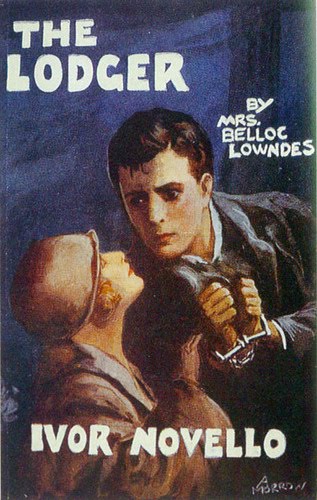Thriller Genre
I have been researching the thriller genre, and the codes and conventions of a thriller. I have learnt that 'thriller' is a very broad genre that many films fit into. The three main elements included that help you understand that a film is a thriller are: Suspense, tension and excitementThriller films are fast-paced and tend to be adrenaline rushing. The aim of a thriller movie is to keep the viewer alert and on the edge of their seats, so this is what as a group we will have to take into consideration when planning our opening sequence.
Primary elements of a thriller genre:
-Protagonist faces either their own death or someone else's
-Main storyline for protagonist is usually a mission that they need to complete
-Main plot is a mystery that must be solved
-Diegisis/narrative dominated by protagonists point of view
-All action and characters must be realistic in their representation on screen
-Two major themes: justice and morality view of individuals
-Usually a small but significant presence of innocence in what is seen to be a corrupt world
-Protagonist and antagonists may battle, not only physically but also mentally
-Characters are usually dragged into situations they are not prepared for.



Some examples of thriller movies are The Lodger-a film made in the late 1920's, Shutter Island- a recent film made in 2010, and Psycho- a classic film made in the 1960's.
Story and Setting
-Thrillers usually present the world as dark and corrupt and involve conflict between characters.-Usually in Hollywood movies, thrillers feature upbeat endings where the evil is overcome.
-Tension usually arises when character is placed in a dangerous situation in which the escape seems impossible.
-Usually emphasise the puzzle aspect of the plot
-Usually take place in ordinary suburbs or cities, although sometimes they are set in exotic places such as deserts or the high seas.
To give extra effect, filmmakers include, mirrors, low-key lighting, shadows, quick cuts, use of different camera angles, high tension music/sounds, flashbacks, montage editing and disorientation this all helps define the genre of the movie and provoke emotions out of the viewer.
Researching this has really helped me understand what kind of things should be included in my opening sequence and has helped me gain further knowledge on thriller genre's and the film industry.
To help me with the thriller conventions research I have used wikipedia
http://en.wikipedia.org/wiki/Thriller_%28genre%29
Hi Melissa, glad to see that you are getting into the blogging shtick!
ReplyDeleteYour posts are improving and I am glad to see that you are taking some time to explain and reflect on the ideas that you have been learning about.
Some advice...
The post above looks like the result of 'Secondary Research', e.g. you looked things up on the web? Am I right? If so, then you should reference the websites that you drew the information from.
This research is a great start. Now, I would recommend that you watch some openings and analyse them technically: camera, editing, sound, mise-en-scene. This is another area where the two sides of the course cross-over. :-)
Also, aim to be 'completist'. I liked that you posted about camera techniques, including examples. You could tie this into the task above. Watch 4 clips. For each one, analyse one area. E.g. watch the opening sequence of "Lost Highway" by David Lynch and analyse the use of camera work. Then watch the opening of Se7en and analyse the mise-en-scene. And so on. It will help you develop both an understanding of the technical codes and conventions of thrillers while also helping you to develop your skills of analysing specific features.